Looking for new ways to use tomatoes in the kitchen? These recipe ideas provide a new spin on the trusty tomato!
Written by Densie Webb, PhD, RD
If you’re like me, you’re always on the lookout for fresh, new ways to use familiar foods, especially vegetables. Tomatoes are a perfect example of a versatile vegetable that can be added to dishes that may not immediately come to mind. Think of tomatoes, and the first foods you think of are likely to be stand-by dishes, like spaghetti, pizza, and tomato soup. While these are loved and time-honored dishes, maybe it’s time to expand your tomato repertoire. There are so many more ways to incorporate tomato products and their health benefits (antioxidants, vitamins A and C, potassium and folic acid) into your diet. Think desserts, jams, and ethnic dishes from Croatia and cultural favorites like Cajun sauces. Canned tomato sauces, tomato pastes, chopped, crushed or pureed, whole peeled, or fire-roasted tomatoes are available year round, are nutritious and add that certain something to new dishes. And most canned tomato products offer the option of already being seasoned with basil, oregano, garlic or onion. You can also opt for organic, if you choose. Here are a few new dishes for you to try on for size the next time you’re up for trying something different with trusty tomato products as part of the mix.
Tomato Soup Cake—this seemingly oddball, but delicious pairing of the rich tomato flavor and traditional cake ingredients is sure to become a family favorite. It’s ideal for holidays or any day you’re in the mood for something sweetly different. Condensed tomato soup is the tomato-based ingredient that adds flavor and a health boost to this recipe. https://tomatowellness.me/2012/12/03/a-healthy-holiday/
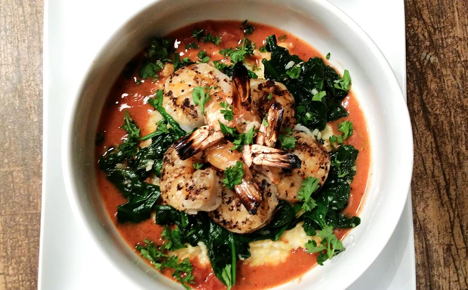
Cajun Tomato Sauce—get a taste of South Louisiana with this recipe, which makes use of both tomato paste and canned, fire-roasted tomatoes (yum!) and pairs them with grilled shrimp and Gouda grits for a burst of flavor with a Cajun twist. The pairing of shrimp and grits has never tasted better. https://tomatowellness.me/2015/06/21/grilled-shrimp-gouda-grits-with-a-cajun-tomato-sauce.
Tomato, Mushroom and Beef Stew—this dish provides a dollop of the “fifth taste” dubbed “umami,” a savory flavor that’s not sweet, sour, salty or bitter. In fact, tomatoes are one of the main sources of the umami flavor in the U.S. Tomato sauce and Portobello and shiitake mushrooms in the dish provide that unique umami flavor. https://tomatowellnessme/2015/05/06/tomatoes-a-umami-superstar-tomato-muschroom-and-beef-stew/
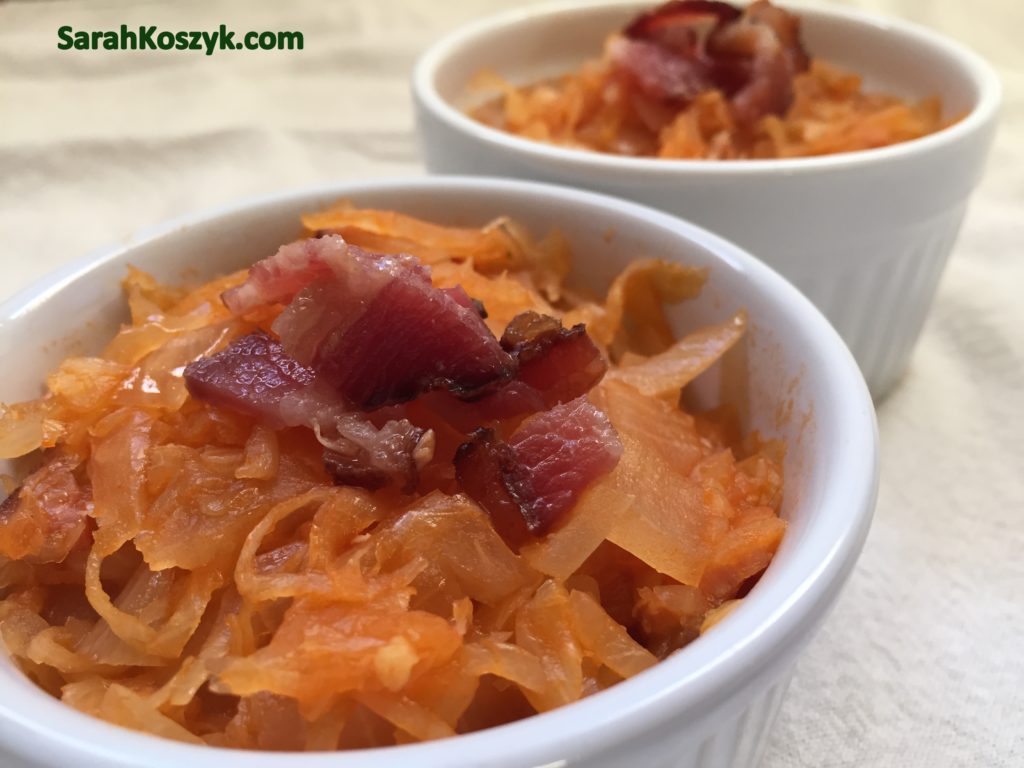
Croatian Sauerkraut—brings a bit of the Balkan peninsula to your table. This sauerkraut recipe, a traditional holiday side dish in Croatia, provides the one-two punch of nutrient-rich tomato sauce and the proven health benefits of cabbage and onions, which are rich sources of antioxidants themselves. https://tomatowellness.me/2015/01/26/croatian-sauerkraut

Tomato Chipotle Jam—this is not your typical jam. The ingredients include fired roasted diced tomatoes, red wine and Chipotle powder, making this savory, low-fat, low-sugar spread a real standout.
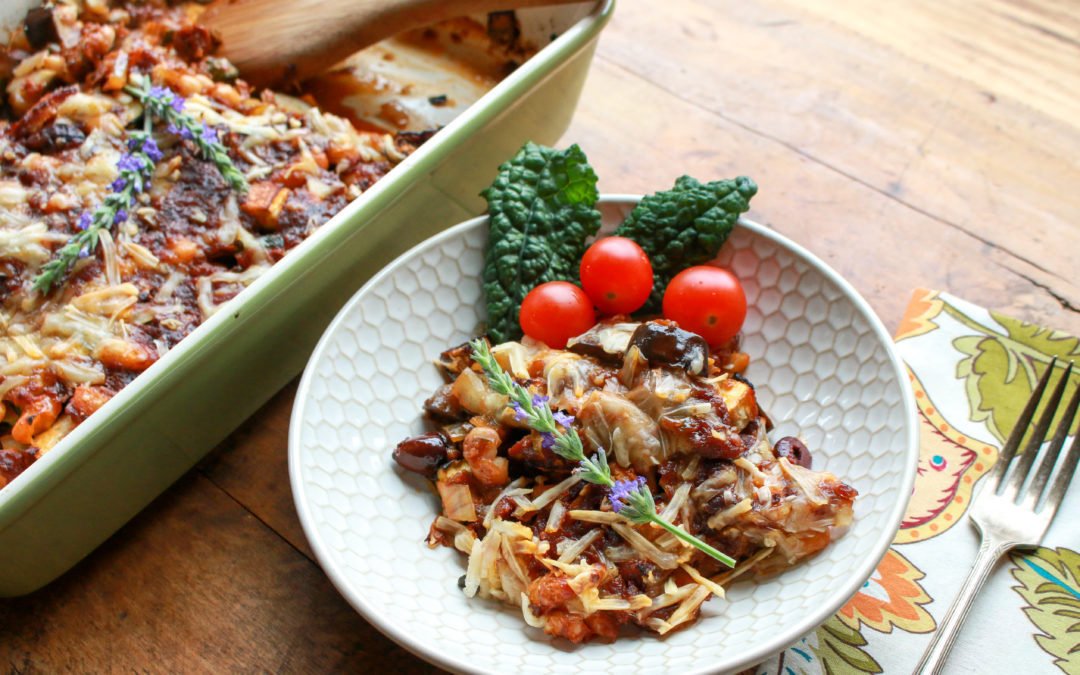
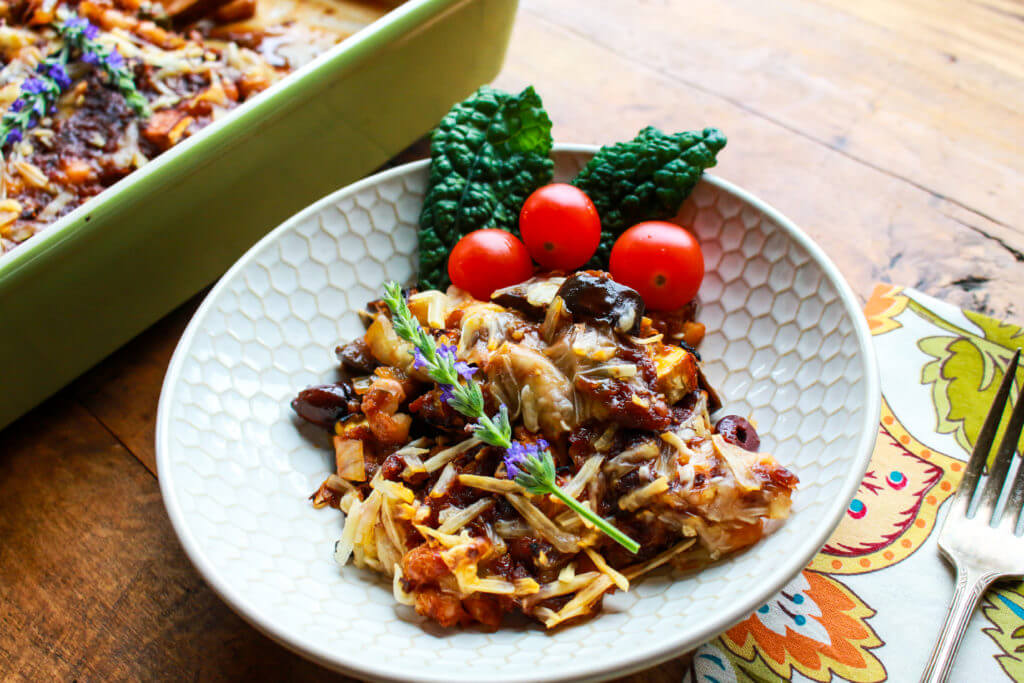
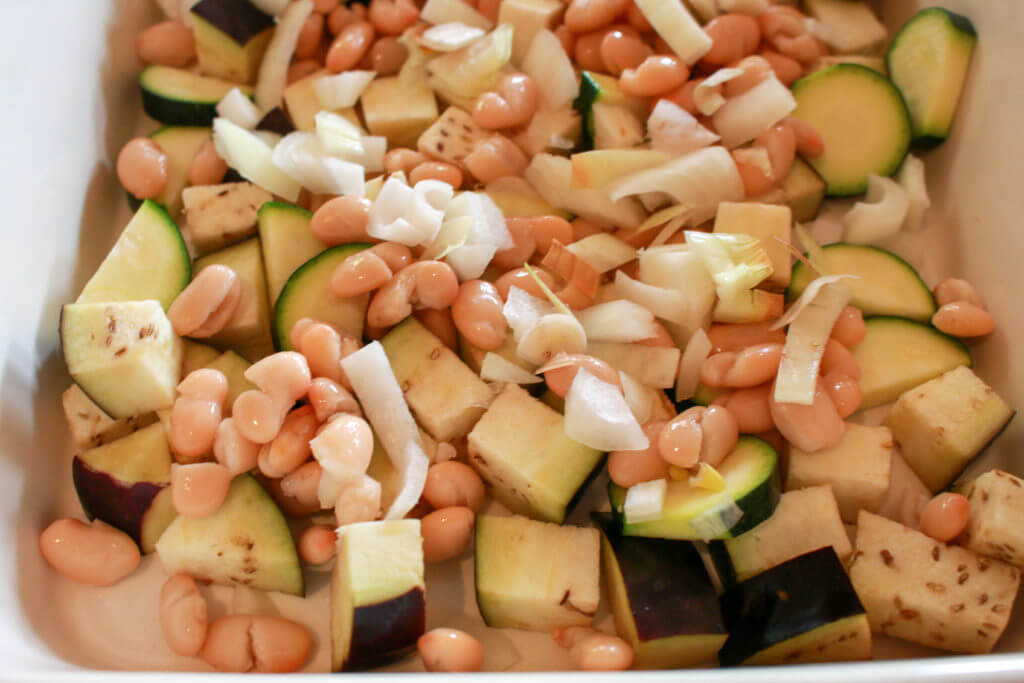
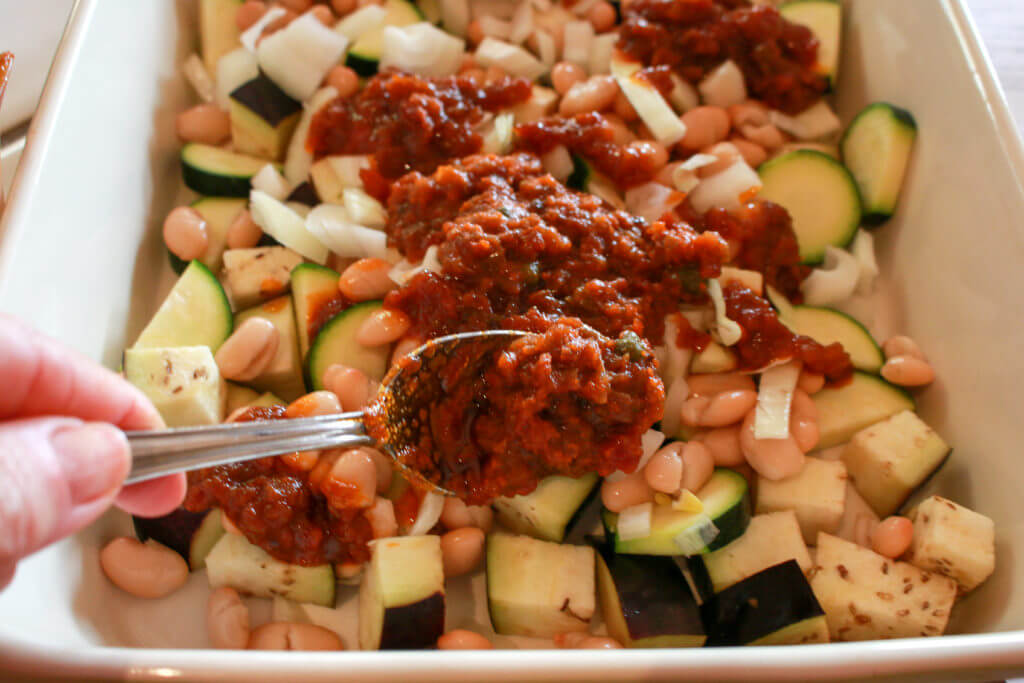
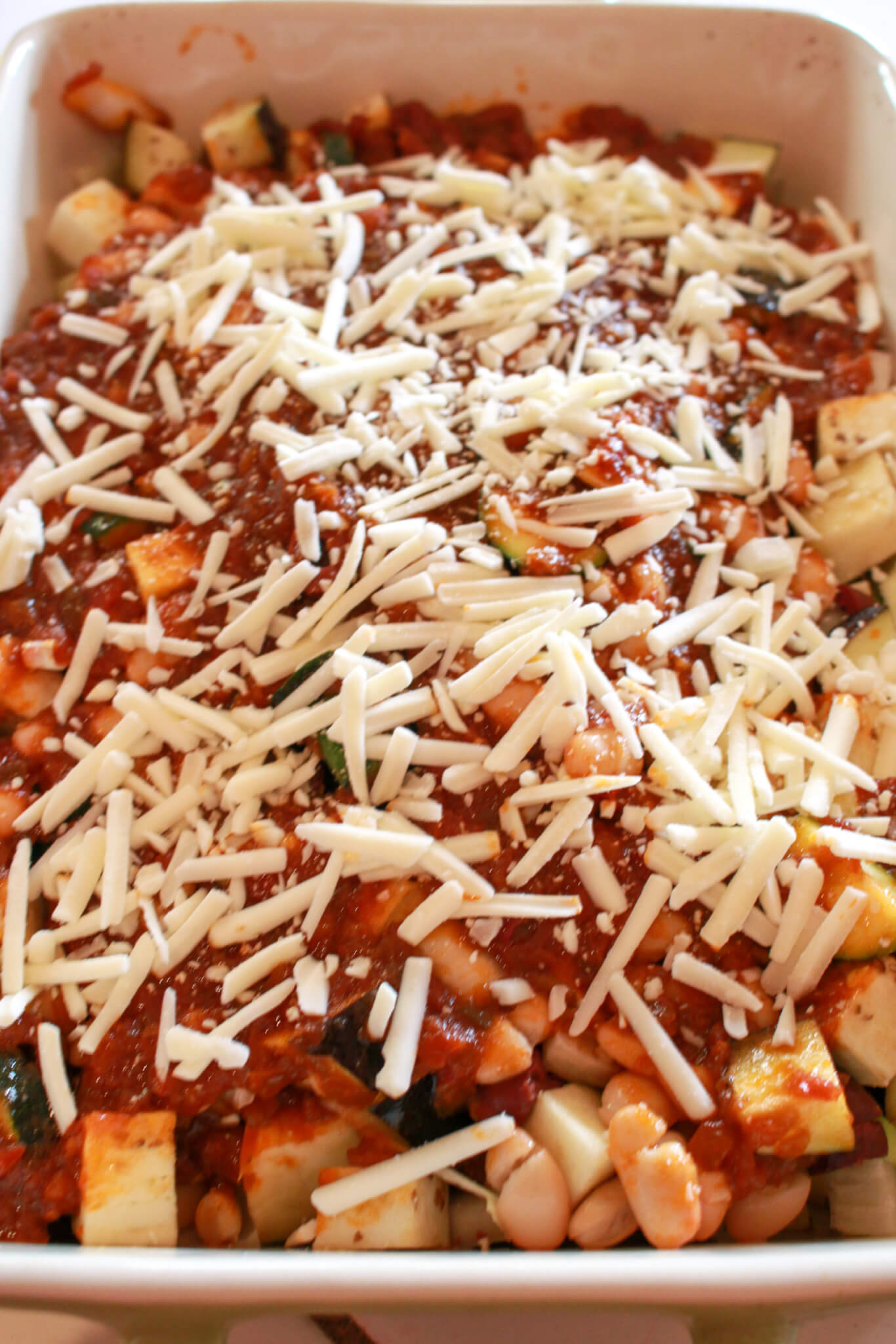
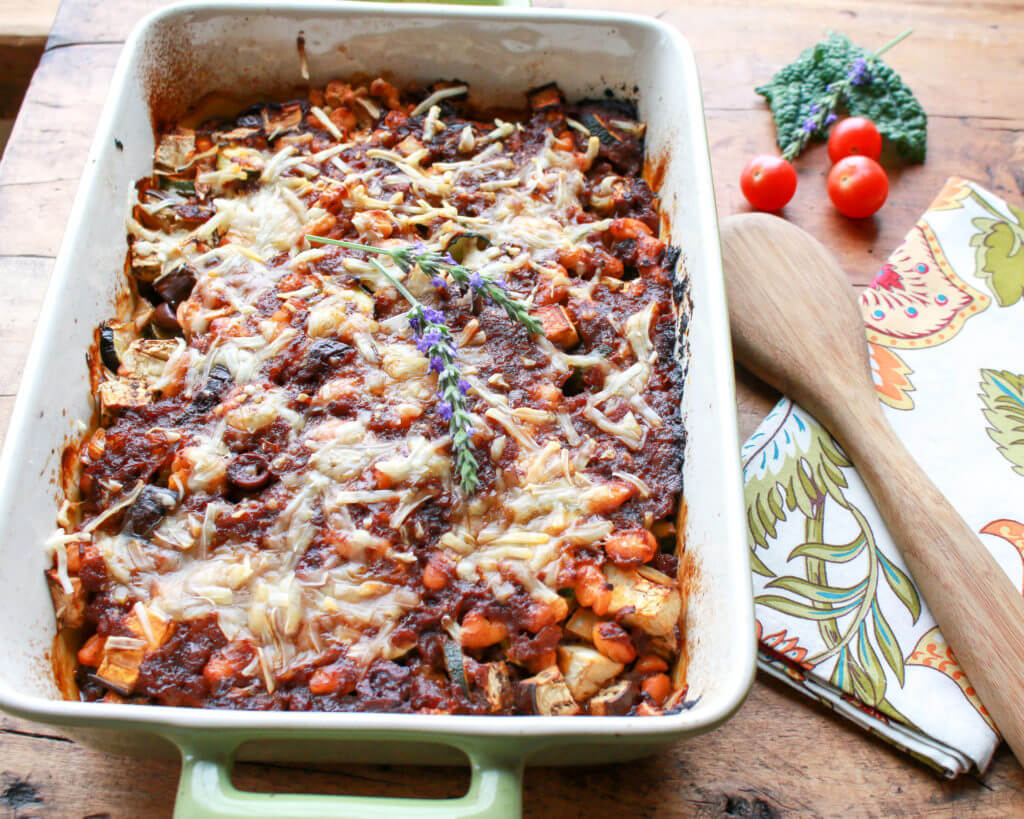
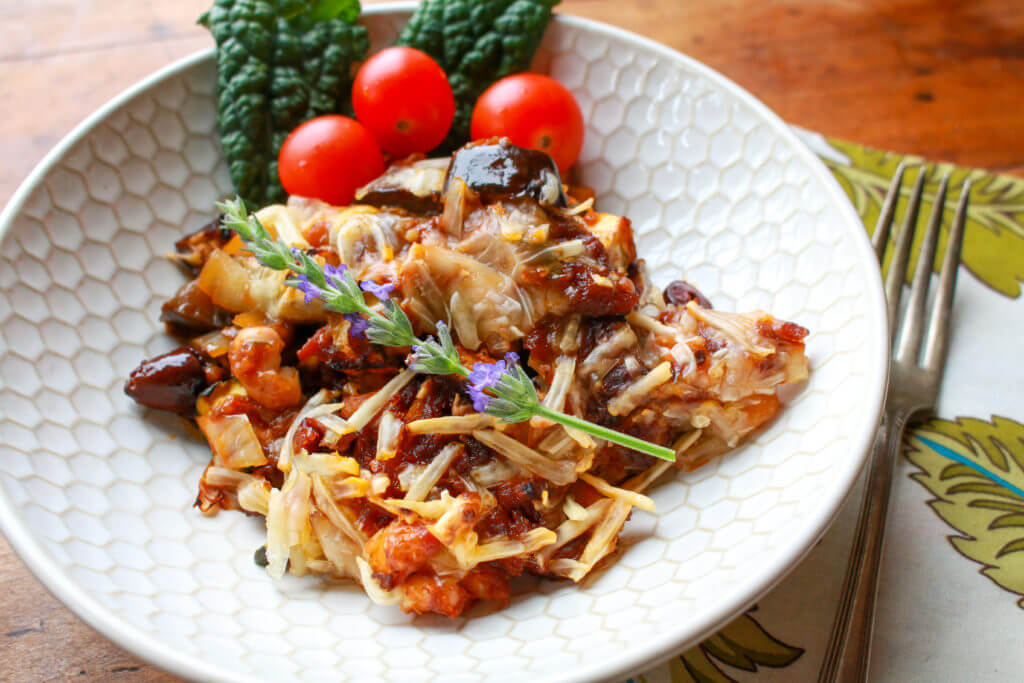
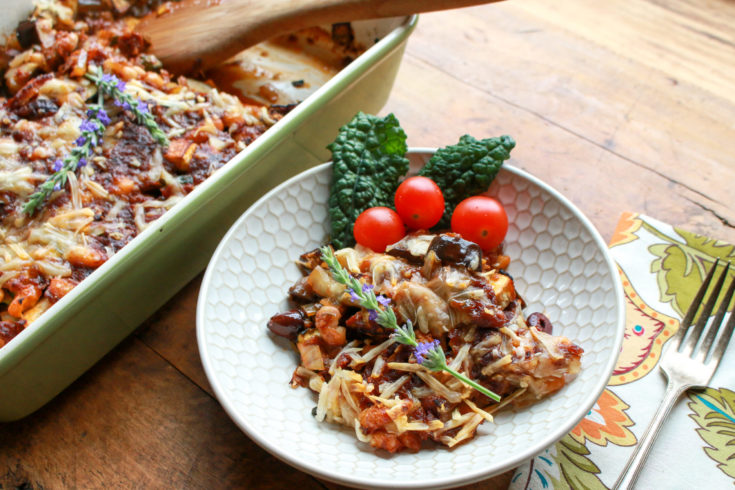

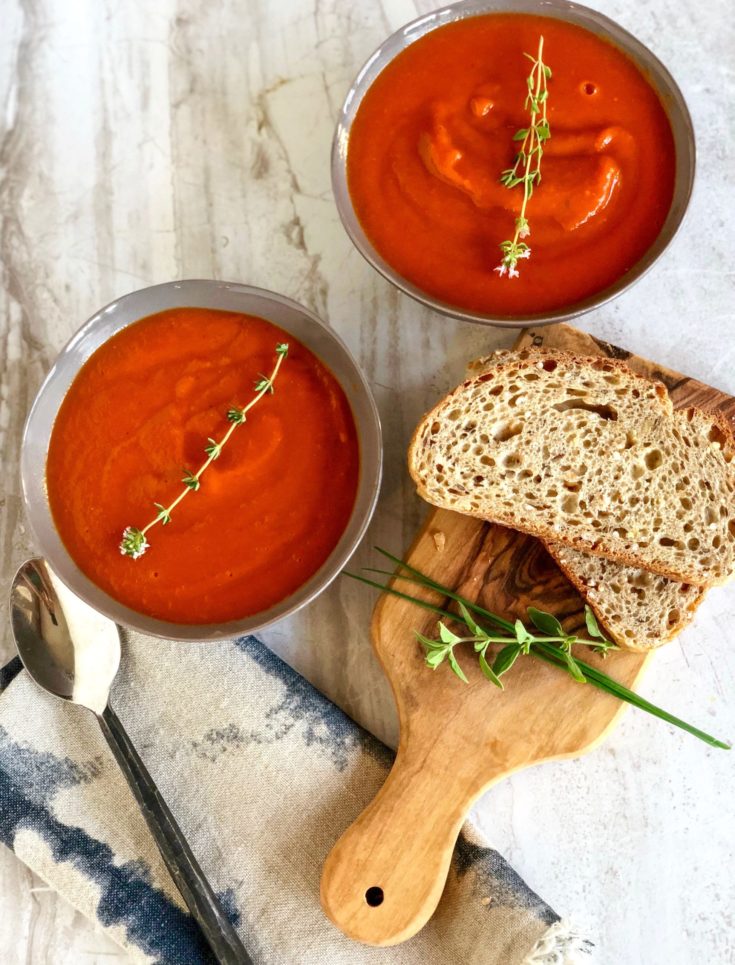
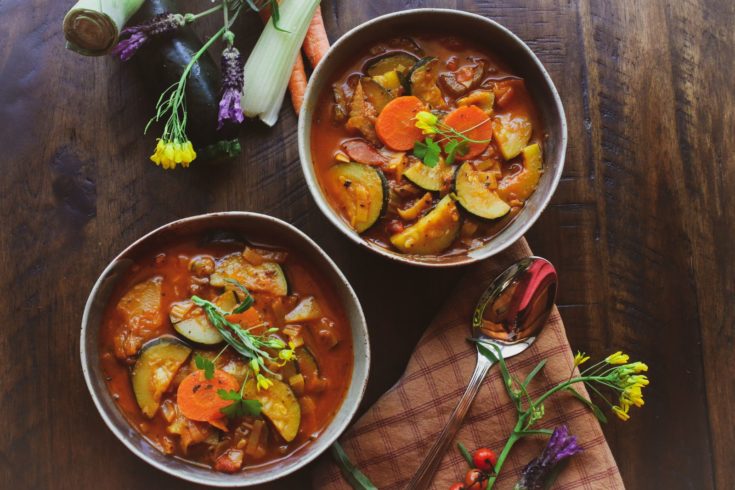
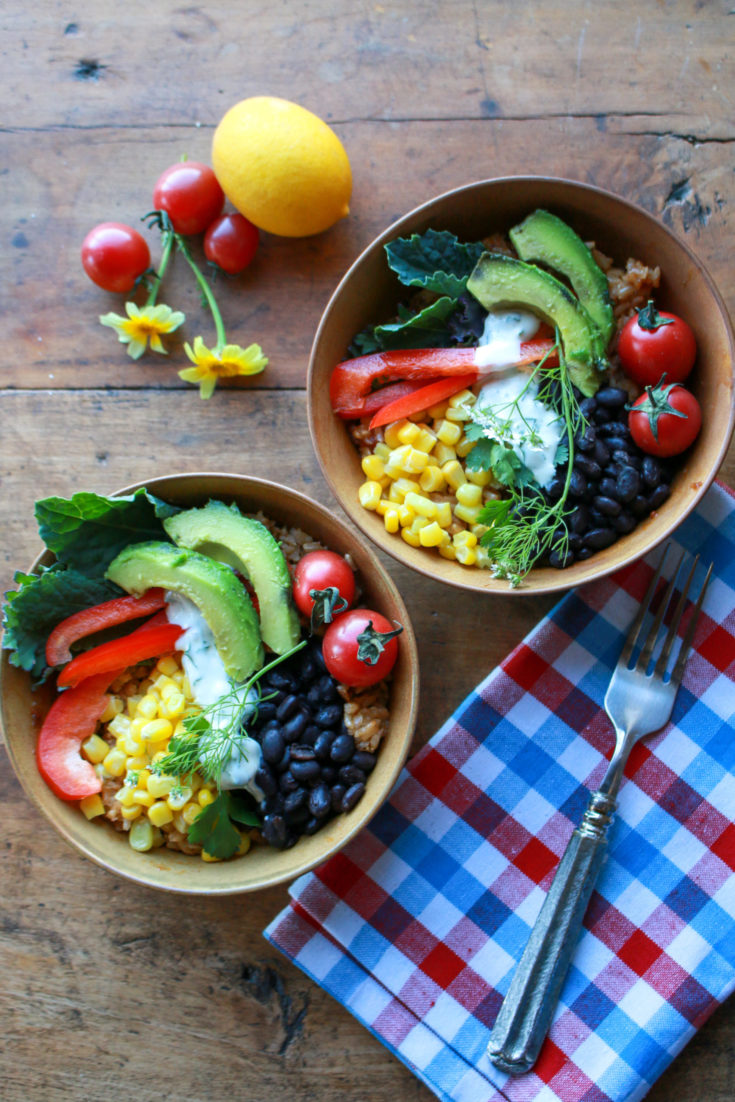
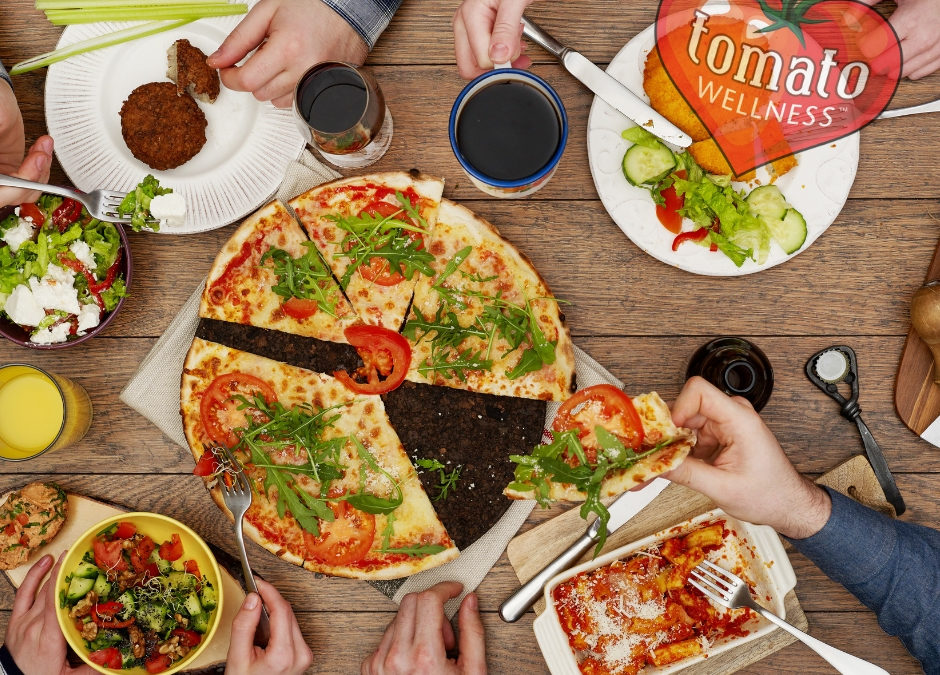



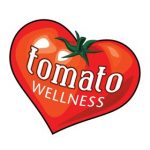
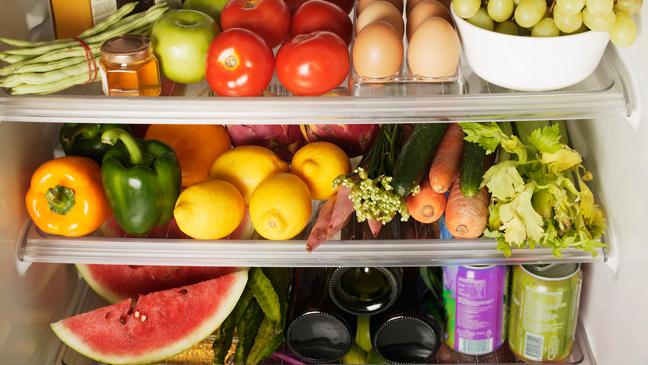

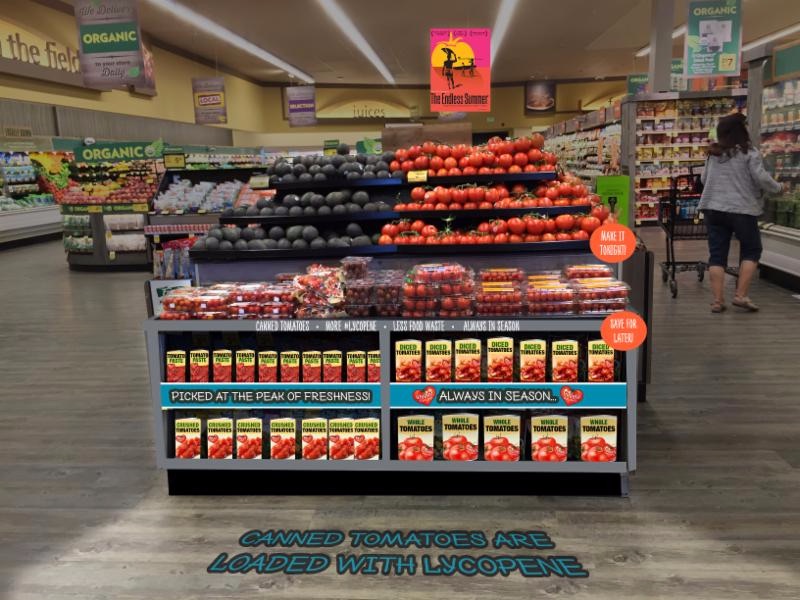
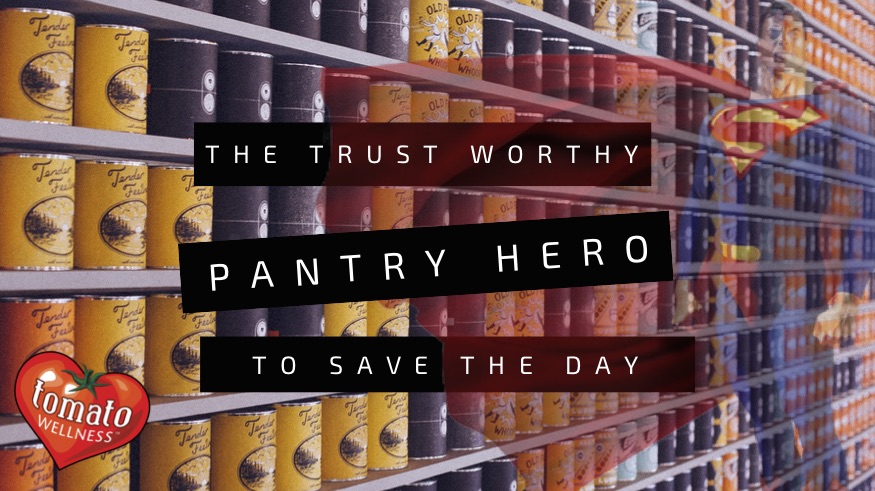
Recent Comments